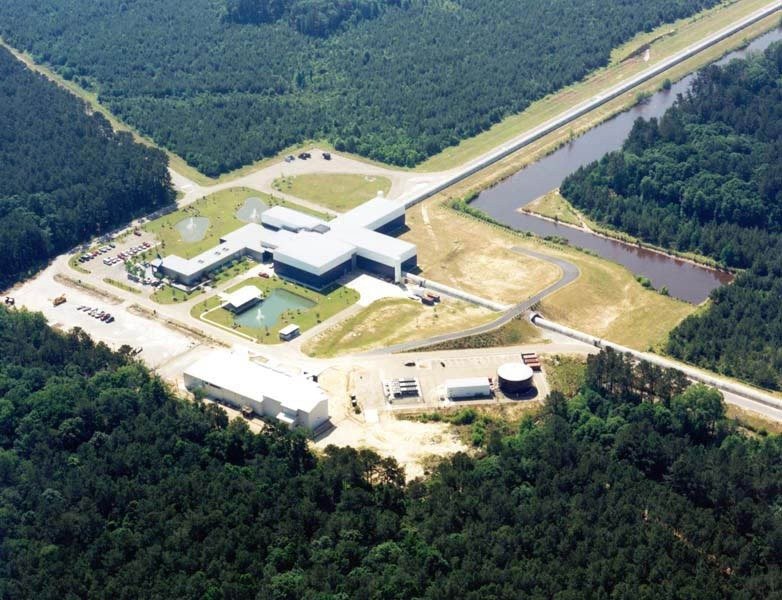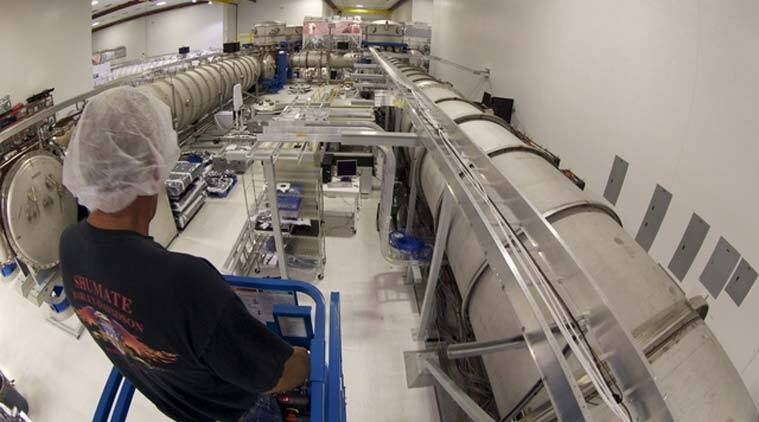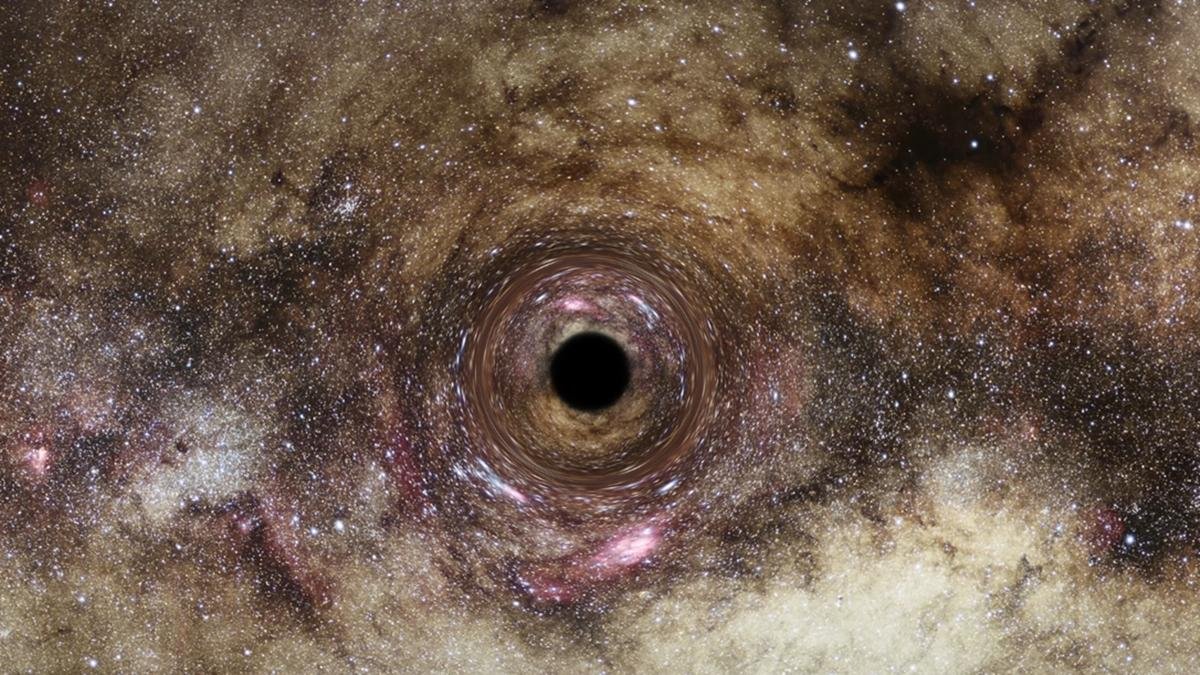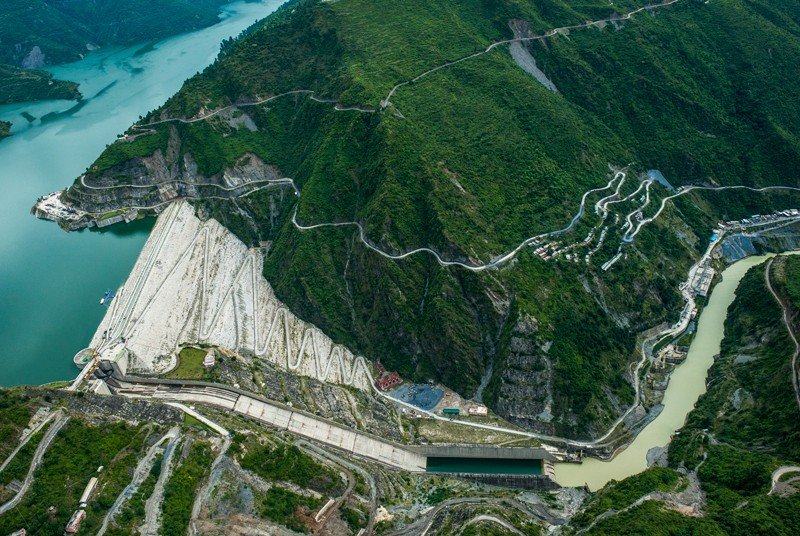Introduction to LIGO
The laser interferometer gravitational wave observatory is called LIGO. Detect and observe gravitational waves, which are ripples in spacetime caused by some of the most powerful and energetic events in the universe, such as the collision of two black holes or supernova explosions.
Nova is the goal of this vast science project. The project is a network of two identical observatories in the United States, one in Livingston, Louisiana, and the other in Hanford, Washington. Each observatory has two 4-kilometre-long arms connected by sensitive mirrors and powerful lasers at the ends.
Sensitive instruments can detect very small changes in arm length caused by passing gravitational waves and use this information to confirm the presence of gravitational waves. Before going into full operation in 2015, it went through several stages of development after it was first proposed in the 1980s.
The first direct detection of gravitational waves was from the merger of two black holes in 2015, as was the detection of gravitational waves from a double neutron star merger in 2015. 2017 are just some of the groundbreaking discoveries made since.

LIPO-India Project
In India, LIGO has a gravitational wave observatory located in the Hingoli district of Maharashtra, called the LIGO-India project. This project is a joint effort of the Department of Atomic Energy (DAE) and the Department of Science and Technology (DST) of the Government of India.
The LIGO-India project aims to build a state-of-the-art gravitational wave observatory that helps detect and study cosmic phenomena such as black holes, neutron stars, and other astronomical objects. The observatory will include an array of laser interferometers, similar to those used in the detector in the United States.
The LIGO-India project has received funding and support from the Indian government and is expected to come online in the early 2030s. The project will be a significant contribution to the global network of gravitational wave detectors and will provide valuable insights into the mysteries of the universe.
Significance
The significance of LIGO India lies in its ability to significantly improve scientists’ abilities to detect and study gravitational waves. Gravitational waves are ripples in the fabric of spacetime created by violent events in the universe, such as the collision of black holes or supernova explosions.
These waves are extremely weak and difficult to detect, but when detected, they provide a wealth of information about the nature of the universe. With the addition of LIGO India to the existing network of gravitational wave observatories, scientists will be able to triangulate gravitational wave sources more precisely and study them in more detail.
Not only will this help us better understand the astrophysical processes that generate gravitational waves, but it will also help us test Einstein’s theory of general relativity in extreme environments. In addition, LIGO India is also expected to make important breakthroughs in science and technology and foster the Indian scientific community by providing opportunities for cooperation and training in cutting-edge technologies.
Overall, it is an important project that has the potential to greatly enhance our understanding of the universe and pave the way for new discoveries in astrophysics.

The LIGO-India project is a collaborative effort between the Government of India and the LIGO Scientific Cooperation (LSC) to build the third LIGO detector in India. The project aims to improve the global network of gravitational wave observatories and improve the accuracy and sensitivity of gravitational wave detection.
The LIGO-India project is currently under construction at Aundh in Maharashtra, India, and is expected to come online in the next few years. When completed, it will work in concert with two existing LIGO detectors in the United States and other gravitational wave observatories around the world to provide a more complete understanding of the universe.
LIGO-India – A Gravitational Wave detector project on Indian Soil




